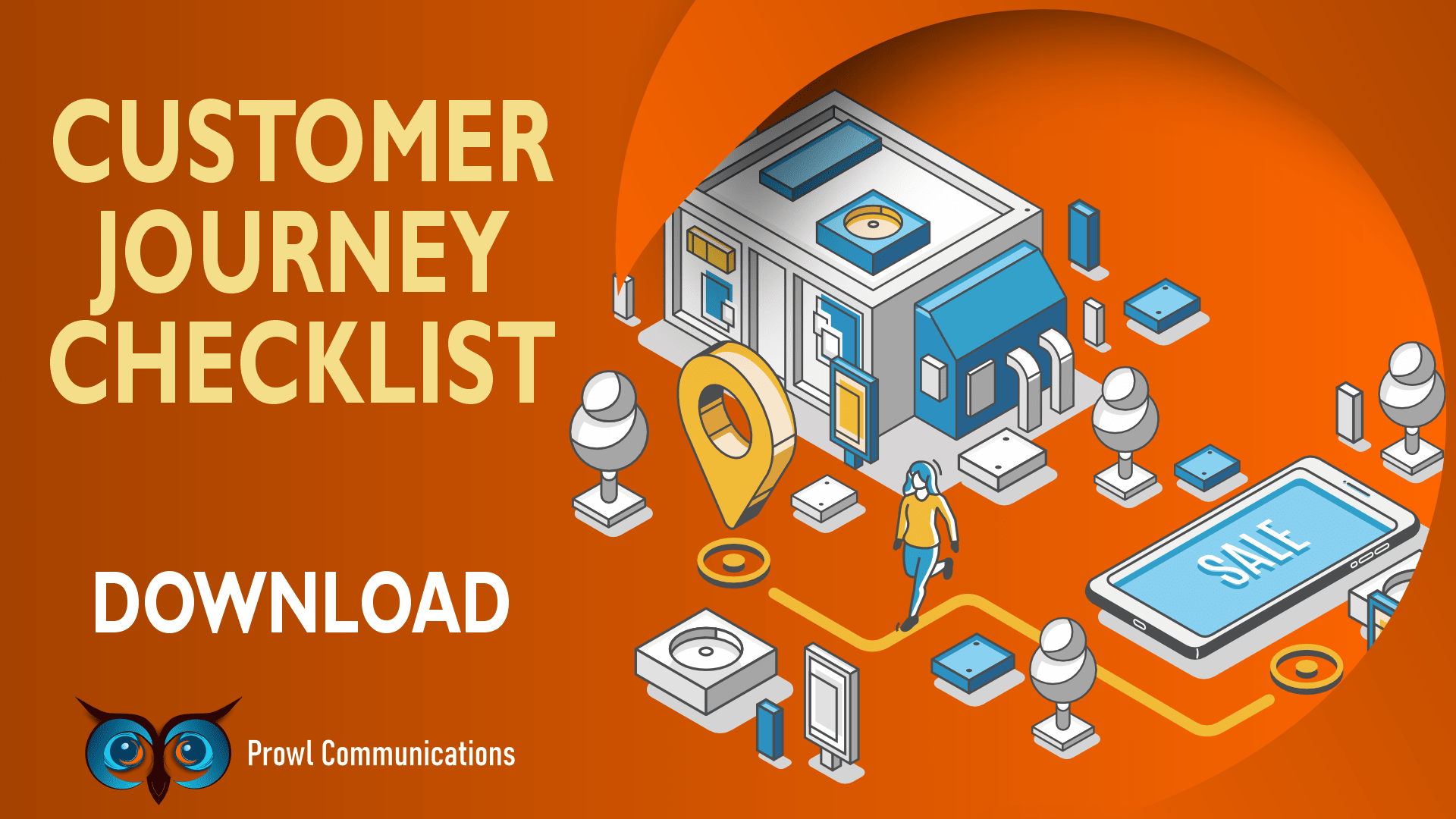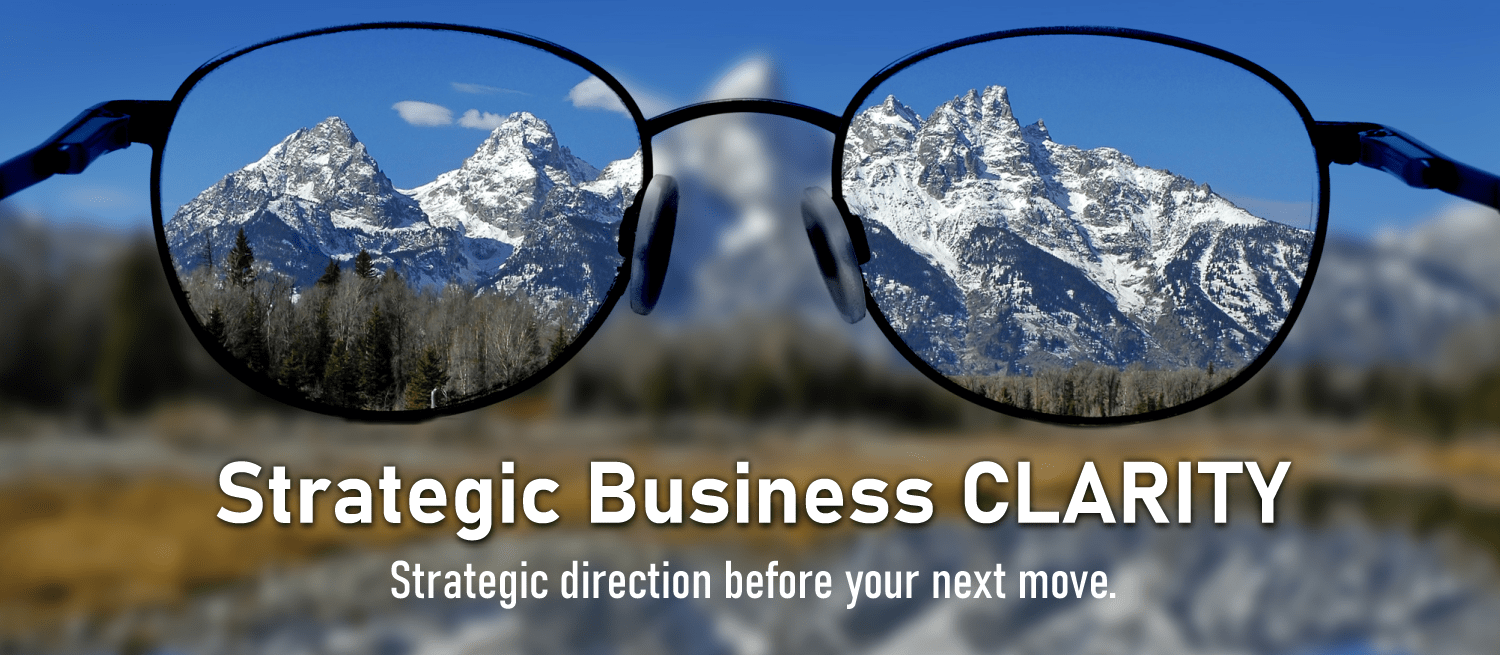
I’ve lost count of how many times a business owner has told me, “We tried a CRM. It was too complicated. The team wouldn’t use it.” And every time, my answer is the same: it’s probably not the CRM. It’s how it was set up.
CRMS Get A Bad Reputation
Too many fields. Too many emails. Too many alerts. No one wants to log in.
And when it doesn’t stick, business owners blame the software.
Here’s the truth: it’s rarely the tool. It’s the setup.
I learned this the hard way.
Years ago, I used to listen to clients and build out everything they asked for in their CRM. All the fields, stages, checkboxes, automations, alerts. On paper, it looked amazing.
In reality, no one used it.
Even after training. Even after support.
The system was too much.
Too many layers. Too much noise. Too disconnected from how they actually worked.
And while they had great ideas of what they wanted, and the 'owner could track progression, get the reports he/she wanted, and could see the state of everything happening in the sales and operations funnel, if the system wasn't being used, there was nothing to report.
What I Do Differently Now
Now, I take a different approach.
I ask more questions up front:
✔ What’s your current process?
✔ Where does it break down?
✔ What’s taking the most time?
✔ What would make life easier for your team right now?
✔ Did your team have a say in the process development?
Then we design a CRM setup based on reality, not wish list features.
We build it in stages:
✅ Start with just what they need now
✅ Get the team using it
✅ Collect feedback
✅ Adjust before adding more
Because if your CRM doesn’t reflect how your business actually runs day to day, no one will use it.
Here’s Your Shift Today:
Maybe the problem isn’t your CRM. Maybe it’s that no one set it up for how you actually work.
Don’t buy into the idea that software alone will fix your sales process or team communication.
It has to be mapped to your people, your language, your customer journey.
That takes some upfront thought, yes. But the payoff?
A system your team actually logs into.
A process that works.
And finally — visibility into what’s really going on in your pipeline.
If your CRM feels clunky, bloated, or ignored, it’s not a lost cause.
It just needs to be rebuilt with purpose.
Be Bold. Do Different. See Results.

